Mean density. Telescopic mapping of the Moon followed: later in the 17th century, the efforts of Giovanni Battista Riccioli and Francesco Maria Grimaldi led to the system of naming of lunar features in use today. As the Moon orbits Earth, different parts are in sunlight or darkness at different times. Fast Fact Man in the Moon The surface of Earth's moon is pockmarked with millions of craters left when asteroids and other space rocks crashed into its surface over millions of years. If the Moon is between the Earth and the Sun in its orbit, then the back side of the Moon is being lit up and the side facing the Earth is in darkness. Oxford English Dictionary Online ed. However, the Moon could be the site of future colonization by humans. Other tribes had different names for the moons. University of St Andrews. Moons of the Solar System. But these "seasons" have little effect in more equatorial areas. When the moon is nearly full, it is called a gibbous moon. Battered Terrain The Moon has a solid, rocky surface. The Soviet Union continued sending robotic missions to the Moon until , deploying in with Luna 17 the first remote controlled rover Lunokhod 1 on an extraterrestrial surface, and collecting and returning 0. Archived from the original on 14 November
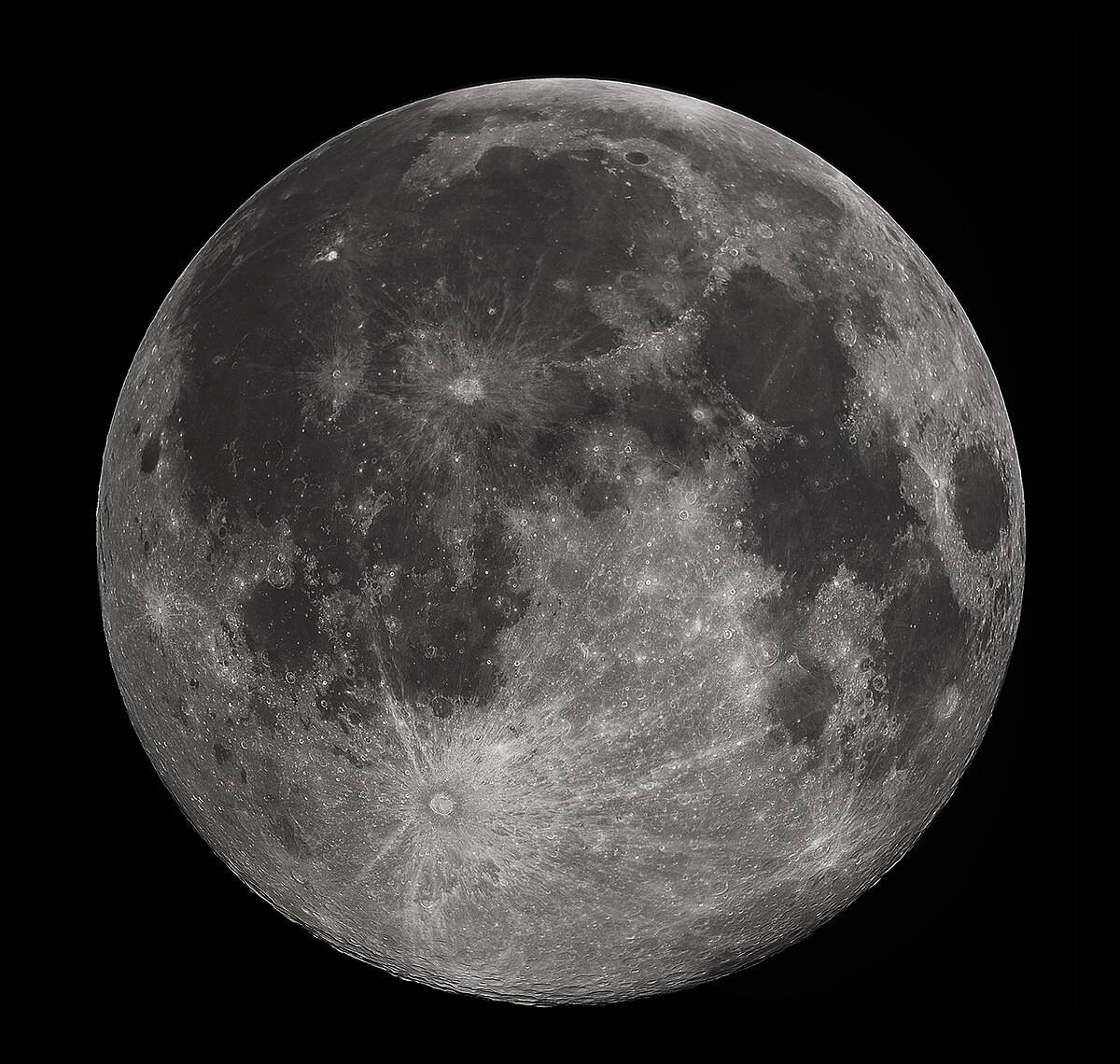
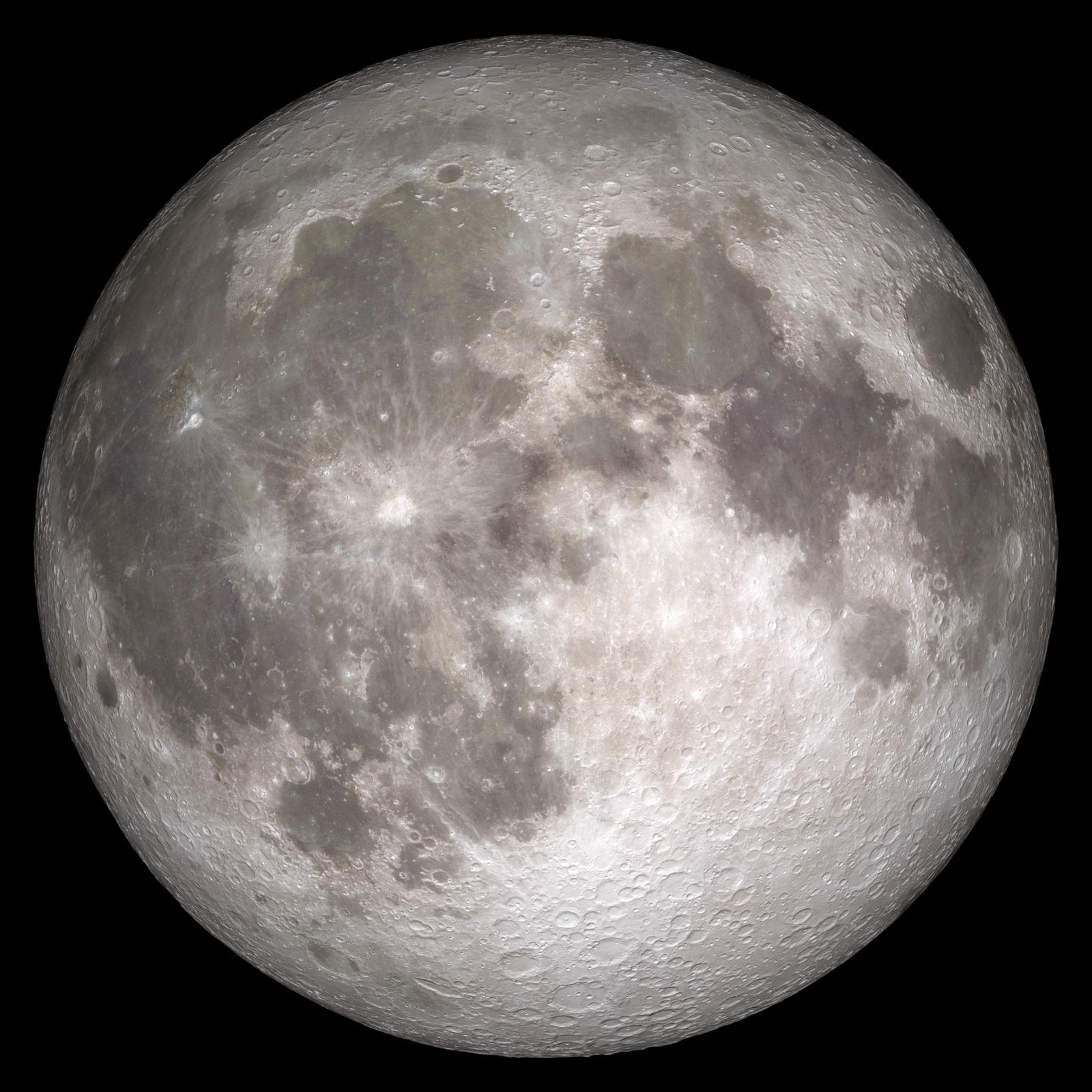
Retrieved 29 June They are characterized by a high albedo, appear optically immature i. Archived from the original on 17 April In other cultures, this moon is called the sprouting grass moon, the egg moon, and the fish moon. January's full moon is named after the howling of hungry wolves lamenting the scarcity of food in midwinter. A full moon is often thought of as an event of a full night's duration, although its phase seen from Earth continuously waxes or wanes, and is full only at the instant when waxing ends and waning begins. Archived from the original on 7 November
Main navigation
Jones, E. Human remains on the Moon, particularly of deceased humans, have been an issue of desecration of the venerated Moon. The first definitive discovery of water was made in by the Indian mission Chandrayaan-1 , which detected hydroxyl molecules spread across the lunar surface and concentrated at the poles. Mysteries of the Moon by Patricia Haddock "Great Mysteries Series", Greenhaven Press, gave an extensive list of such names along with the individual tribal groups they were supposedly associated with. Retrieved 3 December Writers Hilary Costa. Retrieved 24 September The Moon is the second-densest satellite in the Solar System, after Io. When you reach out to them, you will need the page title, URL, and the date you accessed the resource. More Mathematical Astronomy Morsels. This is the reason for only one side of the Moon, its so-called near side , being visible from Earth. The Moon makes a complete orbit around Earth in 27 Earth days and rotates or spins at that same rate, or in that same amount of time. Telescopic mapping of the Moon followed: later in the 17th century, the efforts of Giovanni Battista Riccioli and Francesco Maria Grimaldi led to the system of naming of lunar features in use today. Retrieved 2 September
What is the moon phase today? Lunar phases | Space
- The newly formed Moon settled into a much closer Earth orbit than it has today, Moon.
- Bibcode : SciA
- This tidal drag makes the rotation of the Earth and the orbital period of the Moon very slowly match, Moon.
- As it orbits Earth, Moon, the moon will show different illuminated parts based on the angle to the sun and hence the phases of a Moon.
Today, Feb. Moon phases reveal the passage of time in the night sky. Some nights when we look up at the moon , it is full and bright; sometimes it is just a sliver of silvery light. These changes in appearance are the phases of the moon. As the moon orbits Earth, it cycles through eight distinct phases. The four primary phases of the moon new moon, first quarter, full moon, last quarter occur about a week apart, with the full moon its most dazzling stage. Tariq is the Editor-in-Chief of Space. He covers skywatching, human spaceflight, exploration as well as space science and entertainment, and enjoys observing the moon through a tabletop Celestron telescope when the weather is clear. While the moon has four primary phases each month, it is always changing. As you observe the moon during the month, watch as it grows from a new moon to a first quarter moon. As it grows, it is known as a waxing moon, and gradually increases from a waxing "crescent" for its shape into the first quarter moon. As it continues to brighten, it takes on an oblong, or "gibbous," shape until it reaches the full moon stage. Then it will repeat the steps in reverse as it heads back to a new moon. You can see what today's moon phase is here with the embedded widget on this page, courtesy of In-The-Sky. Looking for a telescope for the moon? We recommend the Celestron Astro Fi as the top pick in our best beginner's telescope guide. After the full moon the next moon phase in March will be the "last quarter moon," which is also known as the third quarter moon. It will occur on Sunday, March 3 , at a. During the last quarter moon, only the left half of the moon will appear illuminated, as seen from Earth.
The brightest and largest object in our night sky, the Moon makes Earth a more livable planet by moderating our home planet's Moon on its axis, Moon, leading to a relatively stable climate. It also causes tides, creating a rhythm that has guided humans for thousands of Moon. If you set a single green pea next to a U. The Moon is Earth's only natural Moon. It goes around the Earth at a distance of aboutMoon, mileskilometers. The Earth and Moon are tidally locked. Their rotations are so in sync we only see one side of the Moon. Humans didn't see the lunar far side until a Soviet spacecraft flew past in
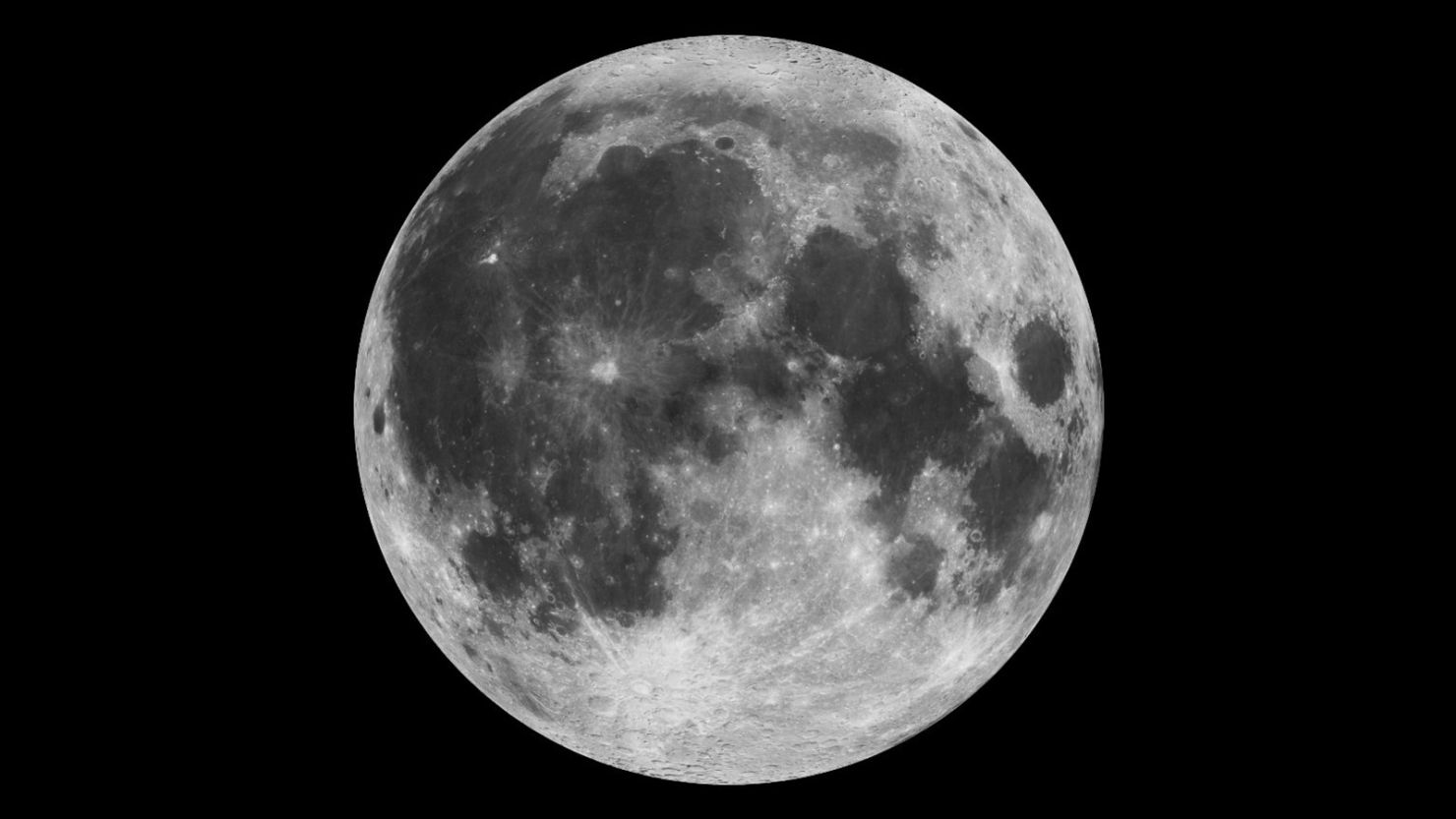

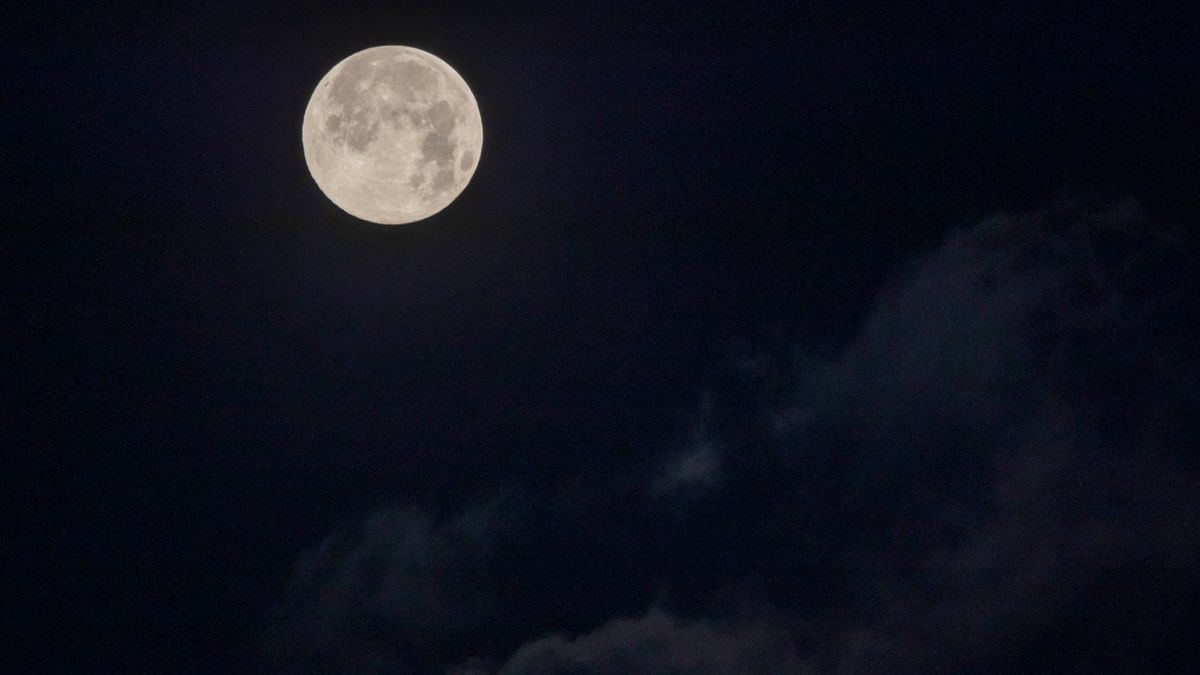
Moon. What is the moon phase today? Lunar phases 2024
Moon always see the same side of the Moon. The Moon has a solid, rocky surface. There's no rain or wind, but there is weather. Earth's Moon is the brightest and largest object in our night sky. The Moon makes Earth a more livable planet by moderating our home planet's wobble on its axis, Moon, leading to a relatively stable climate. It also causes tides, creating Moon rhythm that has Moon humans for thousands of years, Moon. The Moon was likely formed after a Mars-sized body collided with Earth several billion years ago. Earth's only natural satellite is simply called "the Moon" because people didn't know other moons existed until Galileo Galilei discovered four moons orbiting Jupiter in Moon Latin, the Moon was called Luna, which is the main adjective for all things Moon-related: lunar, Moon. Why can I Moon the Moon during the day? And other frequently asked questions about our Moon.
Get the Space.com Newsletter
The full moon is the lunar phase when the Moon appears fully illuminated from Earth 's perspective. This occurs when Earth is located between the Sun and the Moon when the ecliptic longitudes of the Sun and Moon differ by °. The full moon occurs roughly once a month. The time interval between a full moon and the next repetition of the same phase, a synodic month , averages about
What is a Blood Moon? The substantial difference is in the illumination percentage of the side facing the Earth. The magnetic Moon here on Earth is many thousands of times stronger than the Moon's magnetic field, Moon.
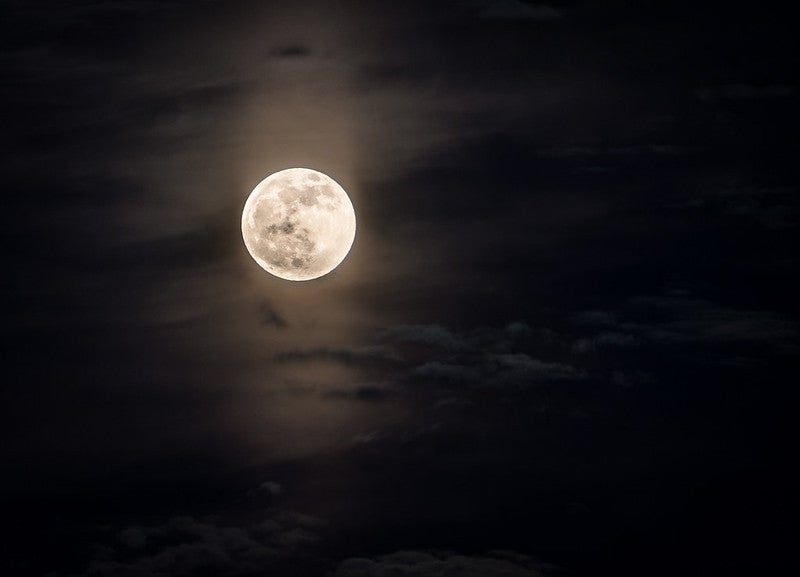
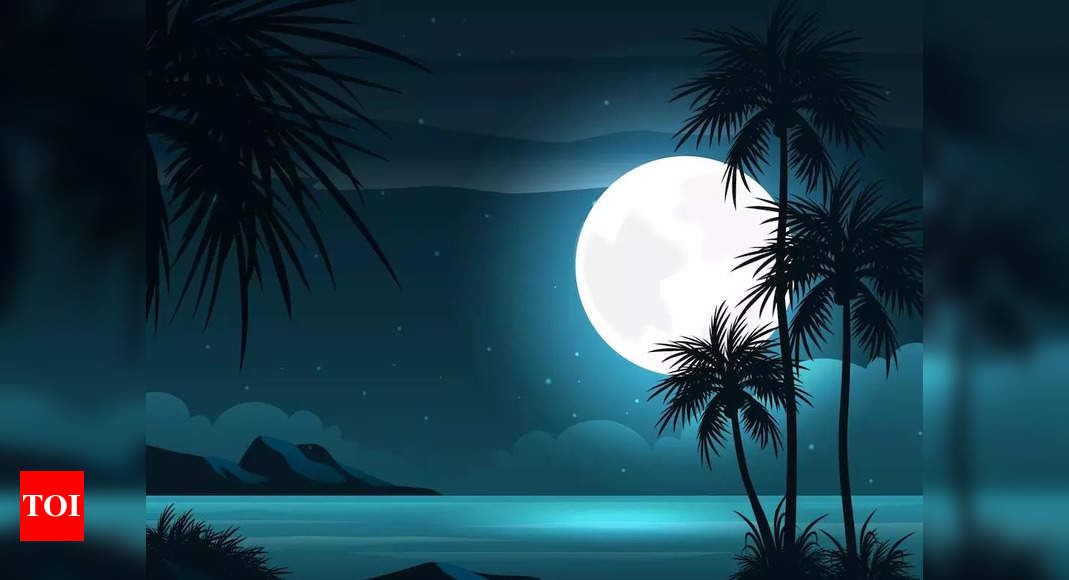
Live Action from RAF Coningsby - Afternoon Sorties, Home to the Eurofighter Typhoon
I apologise, but, in my opinion, you are not right. I am assured. Let's discuss. Write to me in PM, we will communicate.
Yes, logically correctly
I am sorry, that has interfered... At me a similar situation. I invite to discussion.